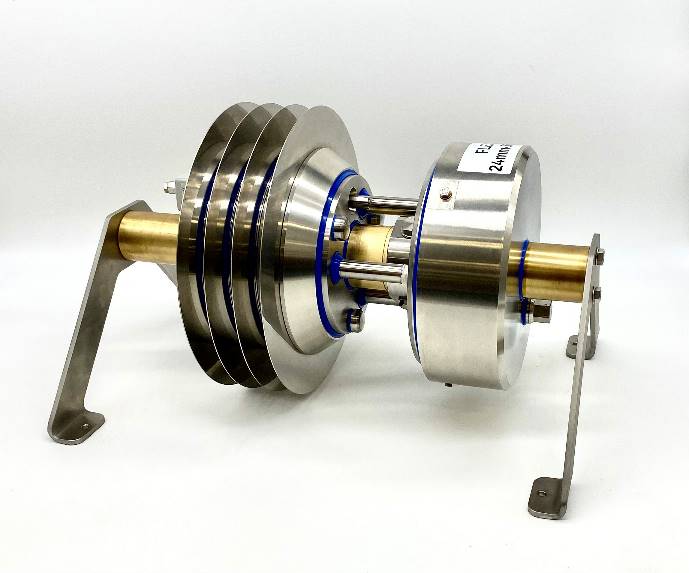asically, it’s quite simple; once the recipe for a bar has been established, the task is to produce as many bars as possible from the mass produced. There are two obstacles to this: trim and varying density of the mass slap. The latter cannot be easily avoided and leads to a lower density of the mass carpet at the edges than in the center. And this in turn leads to the fact that the weight of some bars, does not correspond to the weight that is indicated on the packaging. Hansella, the Rotzinger competence center for food processing, has succeeded in solving this problem. How? With the help of the WRF Flex flexible roll former. And how exactly does this proclaimed flexibility manifest itself? The WRF Flex is the only roll former on the market on which the width of the mass slab can be precisely and continuously adjusted without interrupting the production process. The phenomenon of lower density at the edges is solved by forming a correspondingly wider slab and then compressing it to the finished width. This also ensures that as little trim as possible or even no trim is produced.
In addition, Hansella recently presented its WRL Flex slitter, which is also infinitely adjustable. With this slitter, the desired bar width can be set centrally in the shortest possible time in a user-friendly manner. The knife shaft of the WRL Flex runs with the belt through the pre-cooling tunnel and reacts to any possible variations in the strip which, depending on the length of the channel, can lead to significant losses in the form of trim. “Depending on the type of bar, trim can either be reduced to an extreme minimum or completely eliminated with our flex solutions,” explains Frank Jansen, product manager at Hansella. According to Jansen, completely trimless production is possible, especially for cereal bars. In addition to flex solutions, Hansella continues to offer conventional solutions, which are ideal for applications in which, for example, strands are formed rather than a mass slab.

